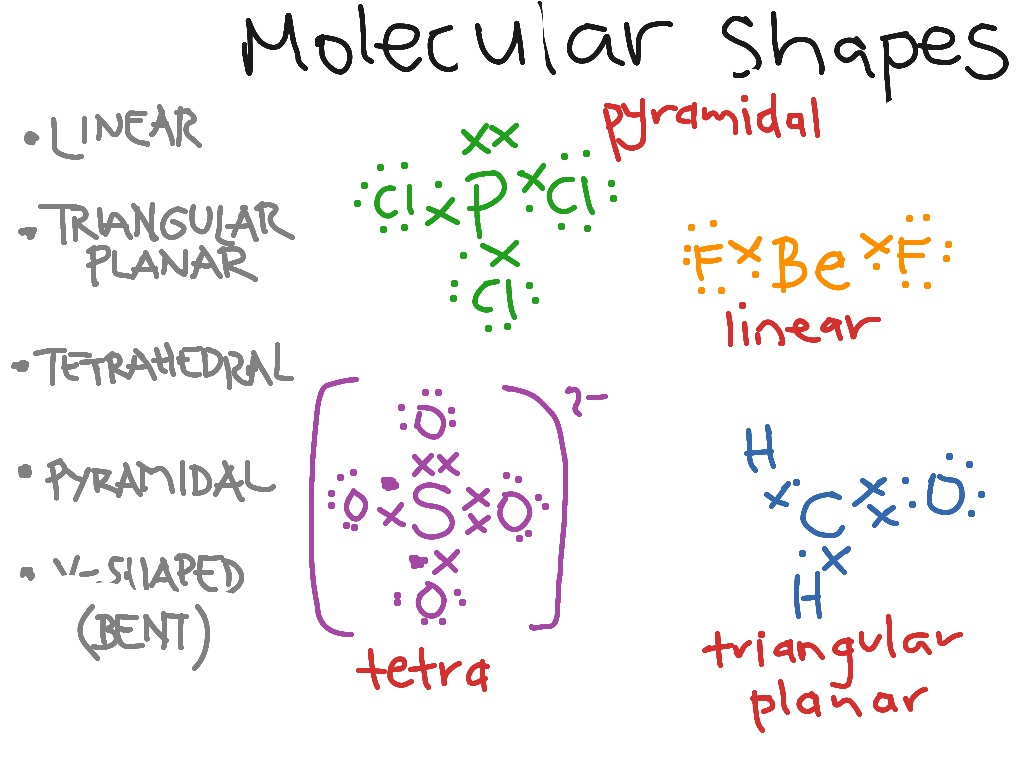

Now let’s learn the last topic of this article, the molecular orbital diagram of SO2. In absence of a lone pair, both the geometries are the same for any compound.īelow is the 3D view of the geometry of the SO2 molecule. Whereas molecular geometry considers only the atoms. So, electron geometry is different from molecular geometry because it considers all the electron pairs (including lone pairs) while determining the shape. You must be wondering about this new term, right? Let me explain. SO2 is an AX2E type molecule, with 2 surrounding atoms i.e oxygen, and 1 lone pair of sulfur.īut the electron geometry of SO2 is trigonal planar. Here, A = central atom, X = surrounding atoms and E = the lone pairs. We can easily find out the molecular geometry of any compound using the given chart. The molecular geometry of SO2 is bent, with a bond angle of 120°. It causes a repulsion of electron pairs to form the 120-degree angle. One single atom of Sulphur is bonded with two atoms of Oxygen covalently. I think the hybridization of SO2 is clear from both the explained concepts. Here cationic and anionic charges will be 0 as it’s a neutral compound.


In SO2, the sulfur’s valence electron = 6 Now let’s see the lewis structure of SO2. The total number of bonding electrons around the boron is 8 (full octet). The number of non-bonded electrons is zero.

The number of valence electrons for boron is 3. This formula explicitly indicates the relationship between the number of bonding electrons and their link to how many are formally “ kept ” by the atom.įor example, applying this to BH4 we get: Step 6 – At last, it’s important to analyze if all the atoms are having their lowest possible formal charge.įormal charge calculation can be done using:-įormal charge = –.Step 5 – Giving double or triple bonds is fundamental if it is needed for fulfilling the octet rule for all atoms.Always start with the electronegative atoms then bring them to the electropositive ones. Step 4 – Next, our work is achieving the octet of the atoms with the resting electrons, after the formation of the single bonds.Step 3 – The third step is building a skeleton structure with single bonds only.The atom with the highest number of binding locations is the central atom. Step 2 – Next thing is determining the central atom.A ‘+’ sign implies losing electrons and ‘-‘ means gaining. While doing so, do take care of the +, – signs. Step 1 – Figuring out the total number of valence electrons in the molecule is the first and most remarkable step.


 0 kommentar(er)
0 kommentar(er)
